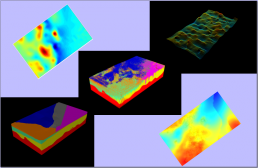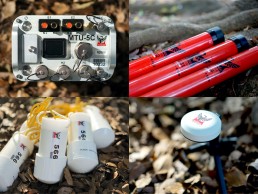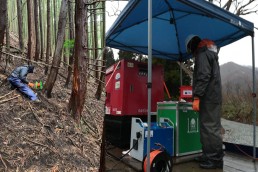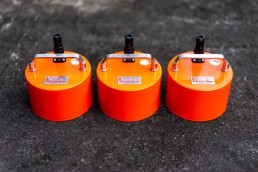Geophysics
The high costs of drilling and the often low sampling density of the subsurface in the initial stages make exploration a highly risky activity. One of the primary objectives of geophysics is to obtain indirectly and at a relatively low cost a maximum amount of information about the underground structures before committing substantial financial resources to drilling.

3IG2
3IG2 stands for 3D Integrated Geological and Geophysical modelling.
Our geoscientists leverage the power of cutting-edge 3D geological and geophysical modelling technology combined with all the existing geological and geophysical datasets to perform desktop studies.
By implementing workflows designed after an appraisal of your exploration needs, we reduce your exploration risk, improve your targeting efficiency, and increase your discovery chances and rates.
Magneto-telluric - MT survey
One of the most widely used methods in geothermal exploration is the magneto-telluric (MT) method. This is thanks to its capacity to show the subsurface resistivity structure of large areas and to great depths.
It is particularly effective for the identification of clay caps that usually seal geothermal systems.
GSE conducts MT surveys from design to the inversion of the data and the interpretation of the results.


Electrical – Resistivity & IP survey
Electrical methods are widely applied in exploration where they help delineate resistivity domains that improve the understanding of the 3D geometry of the subsurface systems and correlate to prospectivity areas.
At GSE, we conduct simultaneous resistivity and induced polarization (IP) surveys that span from the survey design to the inversion of the data and the interpretation of the results.
Microtremor survey
Microseismic signals carry useful information about the subsurface structure. With the adequate arrangement of seismometers, they can be observed from different locations and be processed to deliver microearthquakes hypocenters and focal mechanisms. Advanced data analysis methods provide necessary tools for stress inversion, fracture monitoring, and fault characterization. The interpretation of the produced models has many applications in geothermal exploration and production monitoring.
At GSE, we conduct microseismic surveys that span from survey design to the inversion of the data and the interpretation of the results.

